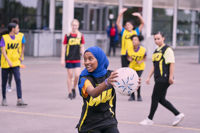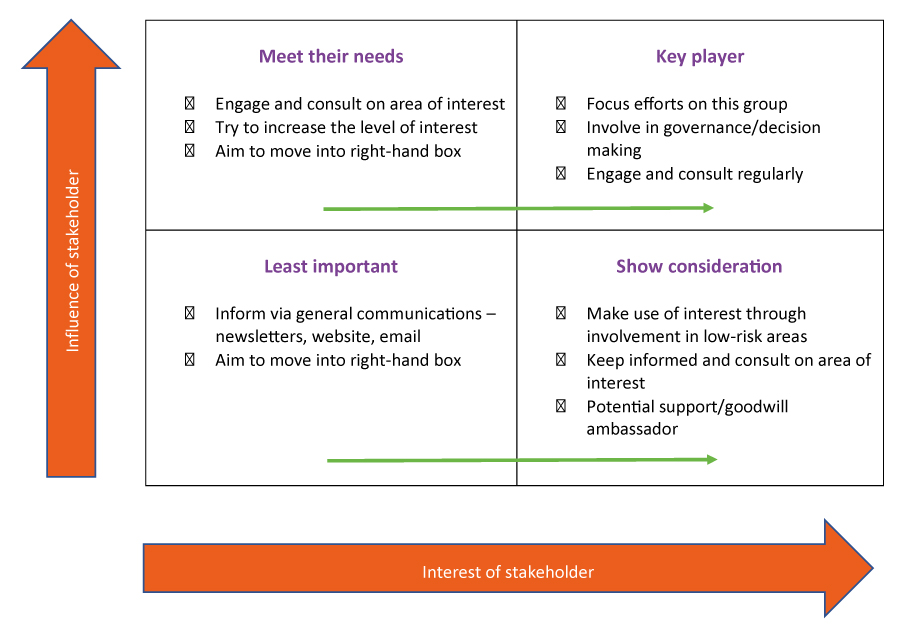
Defining and identifying stakeholders in sports
The range of stakeholders will vary from organisation to organisation depending on size, complexity, activities and other factors. Understanding who their stakeholders are is an important step for sports bodies to plan for and execute effective engagement with them.

Register
Be the first to know about what’s new at the SGA.
Signing up is free and fast and you will receive:
- email alerts for courses, webinars and events
- notification of new resources, content and services
- the SGA monthly news bulletin
- access to our online forum, the Huddle
